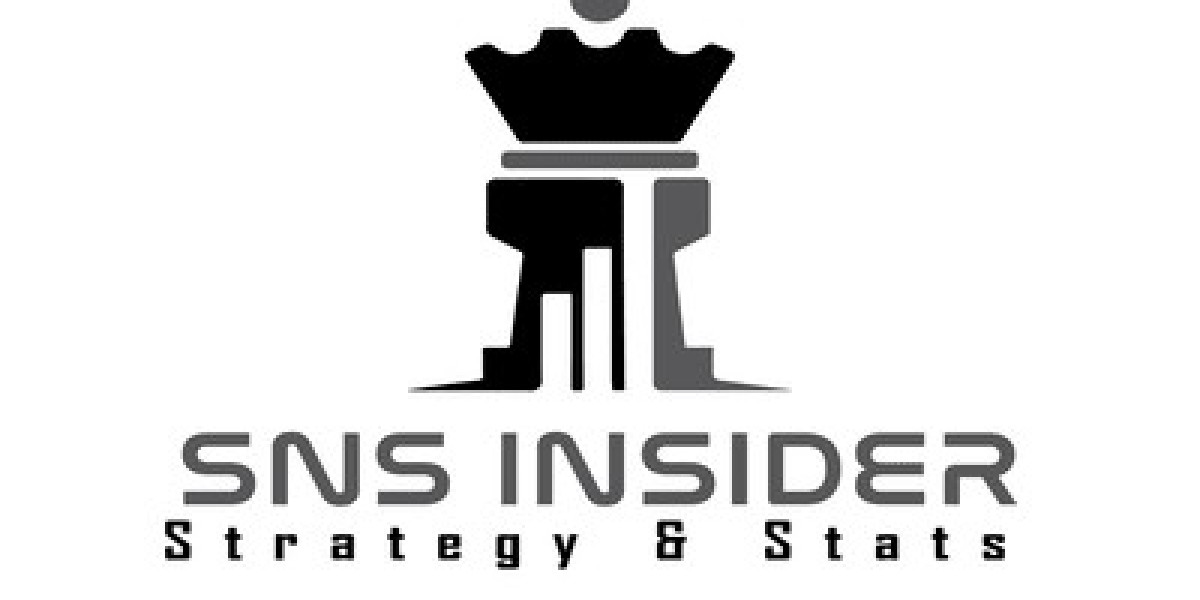Welcome back, data enthusiasts! Today, we delve into the intricate world of statistical analysis with SPSS (Statistical Package for the Social Sciences). Whether you're a seasoned researcher or a budding statistician, navigating the complexities of SPSS can be both challenging and rewarding. At statisticshomeworkhelper.com, we understand the importance of mastering this powerful tool, which is why we're here to provide expert guidance, assistance, and help with SPSS homework.
In this blog post, we'll tackle two master-level SPSS questions, accompanied by comprehensive solutions crafted by our seasoned experts. These questions will not only test your understanding of statistical concepts but also showcase the practical application of SPSS in real-world scenarios. So, without further ado, let's dive in!
Question 1: Exploring the Relationship Between Variables
You are conducting a study to examine the relationship between students' academic performance and their study habits. You have collected data on students' grades (continuous variable) and the number of hours they spend studying per week (also a continuous variable). Now, using SPSS, perform a Pearson correlation analysis to determine the strength and direction of the relationship between these two variables.
Solution:
To begin, let's import our dataset into SPSS and navigate to the Analyze menu. From there, select Correlate and then Bivariate. In the Bivariate Correlations dialog box, choose the variables "Grades" and "Study Hours." Ensure that Pearson correlation is selected as the correlation coefficient and click OK to generate the output.
Interpreting the results, we observe a Pearson correlation coefficient of r = 0.60 (p < 0.01), indicating a moderate positive correlation between students' grades and the number of hours they spend studying per week. This suggests that as study hours increase, academic performance tends to improve.
Question 2: Conducting Multiple Regression Analysis
You are tasked with analyzing the factors that influence employees' job satisfaction within a company. You have collected data on various independent variables, including salary, work-life balance, job security, and job autonomy. Using SPSS, perform a multiple regression analysis to identify which of these factors significantly predict job satisfaction among employees.
Solution:
To conduct multiple regression analysis in SPSS, navigate to the Analyze menu and select Regression, followed by Linear. Next, move the dependent variable (job satisfaction) into the Dependent box and the independent variables (salary, work-life balance, job security, and job autonomy) into the Independent(s) box. Click OK to generate the output.
Upon examining the regression coefficients and associated p-values, we can identify which independent variables significantly predict job satisfaction. For instance, if the p-value for salary is less than 0.05, we can conclude that salary has a significant impact on job satisfaction, holding other variables constant.
In conclusion, mastering SPSS for advanced statistical analysis empowers researchers and analysts to uncover meaningful insights from complex datasets. Whether you're exploring relationships between variables or conducting regression analysis to predict outcomes, our expert guidance and assistance are here to help you excel. Remember, statisticshomeworkhelper.com is your go-to resource for all your SPSS homework needs. Stay curious, stay analytical, and keep exploring the fascinating world of statistics with confidence!



